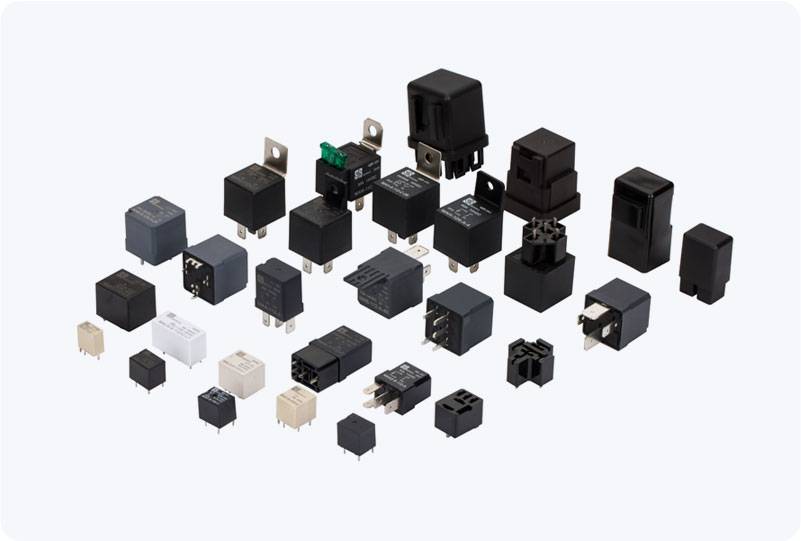Power relays are essential components in electrical circuits, responsible for controlling high-power loads while maintaining safety and efficiency. However, one of the most significant challenges in their operation is the potential for contact welding. This phenomenon can occur due to high current, electrical arcing, or prolonged use, leading to malfunction and eventual failure of the relay. In this article, we explore the causes of contact welding in power relays and present effective solutions to mitigate this issue, ensuring enhanced reliability and durability of electrical systems.

Understanding Power Relay Contact Welding In power relays, electrical contacts close and open to establish or break a circuit. When high current flows through these contacts, especially under inductive or capacitive loads, an electric arc can form. This arc, while brief, generates intense heat that can melt or fuse the metal surfaces of the contacts. Over time, repeated arcing causes the contacts to become welded together, rendering the relay inoperable or unreliable. Contact welding is a critical concern in systems that demand high switching frequencies or deal with large loads, such as industrial machinery, automotive applications, and power distribution networks. The consequences of contact welding can range from system downtime to catastrophic failure, making it imperative to implement solutions to prevent or minimize its occurrence.
Leave a Reply
You must be logged in to post a comment.